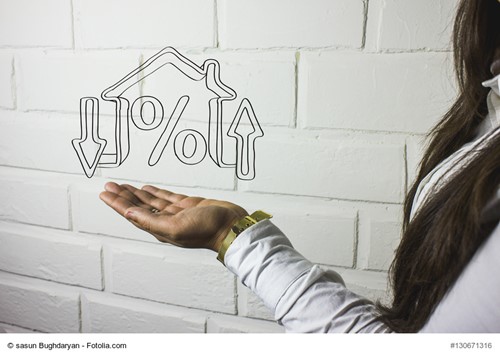 Buying a new home can be an exciting but anxiety-inducing experience. With so many things to consider, it can be difficult to keep track of the things that matter most to you.
Buying a new home can be an exciting but anxiety-inducing experience. With so many things to consider, it can be difficult to keep track of the things that matter most to you.
This process is complicated further when you discover a second or third home that you like as much as the first and you’re trying to decide which one to make an offer on.
In today’s post, we’re going to talk about how you can effectively compare houses to ensure that you’re making the most sensible, long-term decision for you and your family.
It’s all about the spreadsheet
Today, our method isn’t going to rely on any fancy new apps or paid tools. Everything you need to accomplish your spreadsheet is a tool like Google Sheets (it’s like a free version of Excel) or a simple pencil and notebook.
The columns of your spreadsheet will be made up of the factors that will influence your decision. This will include the obvious details like the cost and square footage of the home, but also finer details like its proximity to key places in your life.
The rows of your spreadsheet will be the properties you’re comparing. Now, it may be tempting to start listing every house on your radar in the columns of your spreadsheet. However, I think it’s more time-effective to only include the homes that you’re likely to make an offer on. This means doing some hard thinking and having a conversation with your family about your realistic goals for buying a home.
What is most important to you in a home and neighborhood?
Let’s turn our attention back to the top row of your spreadsheet. We want to fill that section with around 10 factors that are most important to you in a home and the location the home will be in.
In this section, you can include the estimated cost of the home and the estimated monthly expenses for owning that home (utilities, taxes, etc.).
Here’s the secret weapon of our spreadsheet, however. Rather than listing the actual cost of the home in this row, we’re going to give it a rank of 1 to 5. A score of 1 means the house is a lot more expensive than you want. A score of 5 means the house is the ideal cost. A 3 would be somewhere in the middle.
We’re going to use this 1 to 5 ranking system for all other factors on our spreadsheet as well.
Next to these costs, you’ll want to add other important factors to your home buying decision. Does it have the number of rooms you’re looking for? If a backyard is important to you, does it provide for that need?
In terms of upgrades, how much work will you have to do on the home to make it something you’re satisfied with? For DIY-minded people with time to spare, home improvement might be a welcome concept. For others, it simply would take too much time to accomplish everything you want. So, when you fill out the “Upgrades” column of your spreadsheet, make sure you determine a system for ranking the homes that suits your needs.
House location shouldn’t be overlooked
It’s a sad truth, but in today’s busy world, the average homeowner spends most of their time away from home, whether they’re at work, commuting, or bring their kids to and from after school activities.
You’ll want at least one column on your spreadsheet to be devoted to location. When ranking the location of a home, consider things like commuting time, distance to schools, hospitals, parks, and grocery stores. All of these things will have a larger impact on your day-to-day life than small details of the house itself.
Ranking the homes
Now that you have the first row and column of your spreadsheet built, it’s time to fill in the details and tally up the totals. These numbers will help inform your decision as to which house is really right for you.
About the Author

Robin Anderson Real Estate
“My Passion is people and relationships and I promise to provide my clients with exceptional service tailored to their individual needs.” -Robin Anderson
Georgia native, Robin Anderson brings her passion for people and her love of homes to work for her clients. She and her husband, Andy, have been married for over 30 years and have two adult children, Ellen and Drew. They currently live in Fulton County, but Robin has lived and invested in properties throughout metro Atlanta as well as helped clients buy and sell. She has been integral to many real estate endeavors including designing and building several custom homes, remodeling homes, subdividing land, managing rental properties, and buying and selling properties. She spent her first 3 years in real estate working with a new home builder, and she has spent the last 6 years working with buyers and sellers in her own community. Robin is highly motivated but sensitive to the fact that buying and selling homes can be an emotional experience, so she makes it a priority to keep clients closely informed throughout the process and strives to produce quick results. She appreciates the opportunity to help her clients navigate the real estate process, and she aspires to deliver quality customer service that is both informative and positive. She is driven to provide outstanding service for her clients and she is focused on building successful and lasting relationships with her clients. This personalized service earns her enthusiastic referrals from clients she is pleased to call friends.Edit
